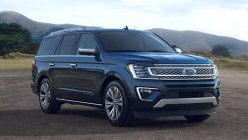A car horn is a device that creates audible sounds and can be installed on bicycles, buses, trains, and motor vehicles. Its sound commonly resembles a “honk”. Drivers, motorcyclists, and bikers use car horns to signal pedestrians and other motorists of their presence or approach.
It is also used to call attention to hazards. Car horns may only be a sound-making device, but they do have several benefits for drivers and pedestrians on the road. This article from Philkotse.com highlights the importance of car horns and their origin.
I. A trip down memory lane of the car horn
1. Early warning signal options
Long ago, vehicle drivers use different warning signals to alert other road users of their presence, approach or possible danger. Early warning signal options included whistles, hand-squeezed horns, and bells. These simple devices were useful to other road users like pedestrians and horse-drawn carriages.
But today, with cars continuing to achieve increasing speeds, it became necessary to employ another device – something with a louder sound than a simple bell.

Early warning signal options include whistles, hand-squeezed horns, and bells
The search for an effective in-vehicle signaling device started at the beginning of the 20th century. During that time, car owners and drivers had a choice on whether they’ll use sirens, whistles or bells to manually signal and alert road users.
According to an article in MoparMagazine.com, signaling devices used to have different variations; there was the Godin which is a device that can be pressed while steering, the Sireno that can be heard for almost a mile away, and the Gabriel which was an inventive and multi-toned horn.
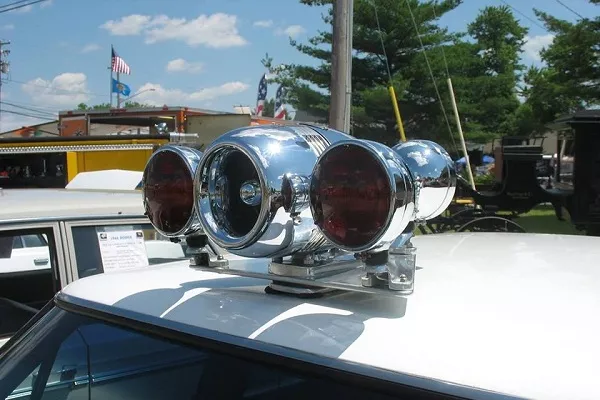
Drivers used to had a choice whether they’ll use sirens, whistles and/or bells
Rees Hutchinson, a young inventor, worked to improve these existing horns. He invented the Klaxon, a device that can be operated either by motor-powered batteries or via a small hand crank, emitting a piercing and loud noise.
This device was commonly found on older Ford car models like the Model A and the Model T. Until the 1930s, the Klaxon horns remained popular until they began to be replaced by electric car horns.
>>> Related: Car horn installation: tips, tricks, and how-tos
2. Modern car horns
The functions of modern car horns have not changed through the years; however, they began to require less electronic magnetic interference and power, as reported by Car and Driver. Modern cars are now built to last longer by using anti-corrosive materials that also filter out humidity and dirt.
Over the years, the tones on car horns tones have changed. Combining two horns that make two different notes has led to more unique tones. According to Car and Driver, horns of modern cars can be divided into two main types, namely, fanfare and disc. Disc horns are recognized by a metallic sounding beep, while fanfare horns have a richer and fuller tone.
In the 1960s, the Plymouth’s Road Runner created one notable horn that was unique and didn’t use the usual two-tone sound; it didn’t quite fit the car’s tough muscle exterior, but it did succeed in getting one’s attention.
The Road Runner horn used the same sound as its namesake cartoon character: a high-pitched, single-tone "beep-beep". Today, you will observe that this sound is common on stock horns installed in most vehicles.
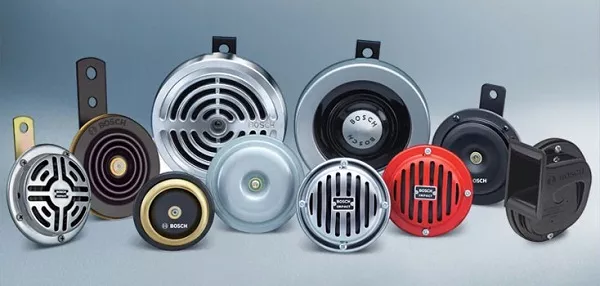
Disc horns will be recognized by a metallic sounding beep
II. Importance of car horns
Car horns have different uses that make them an important part of every vehicle.
1. It is used to alert road users of your presence
Car horns are used to make other car drivers, pedestrians and other road users aware that you are nearby, so as to avoid collisions. They are also used to tell the driver ahead of you that you intend to overtake them on the road.
>>> See also: A complete guide to avoid pedestrian accidents
2. It used when picking someone up
Car horns are also used to tell someone that you’ve arrived. When picking someone up, drivers use honks to alert whoever they’re fetching that they are already outside, waiting. It’s very convenient especially in cases when it’s heavily raining; instead of getting out of the car to ring the doorbell, just use the horn to tell everyone that you’ve arrived.
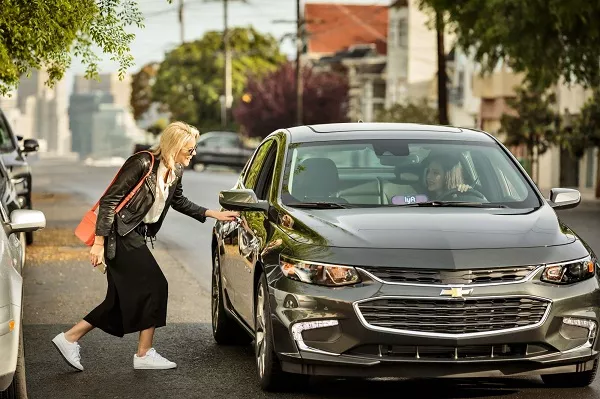
Drivers usually use honks to alert the person they're picking up
3. It is used to prod the driver ahead to proceed, especially at intersections
Another most common use of car horns is to tell other drivers that the traffic light has already changed, especially if they don’t move soon enough.
Drivers tend to check their phones while waiting for the light to turn green, and this distracts them from seeing when the traffic light has changed and it’s clear to proceed. Honking on the driver ahead will let make him or her aware that it’s time to go.
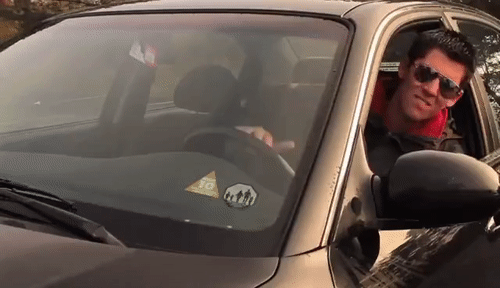
Honking on the driver ahead will let make him or her aware that it’s time to go
4. It is used while backing up
Using car horns when backing up is already taught in many driving schools. Honking while reversing lets people nearby take notice of your car’s movement, which warns them to stand at a safe distance. This is especially important as it lessens the risk of accidents, especially for small kids playing in the driveway.
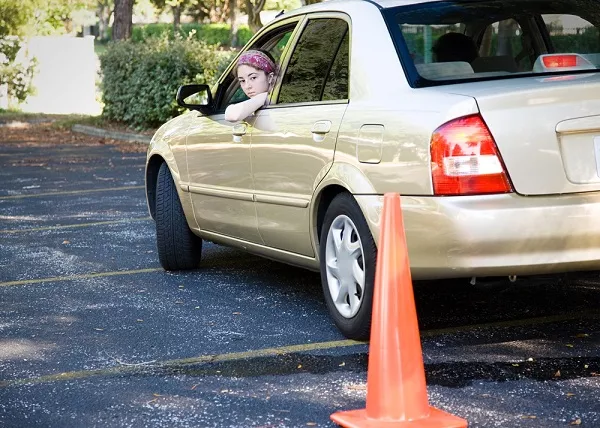
Using car horns when backing up is already taught in driving classes
5. It is used to tell other drivers that your brakes are out
Certain unpleasant situations might arise while you’re behind the wheel, such as your brakes not responding; this is extremely dangerous, especially when driving in an intersection. When this happens, you can use your car horn.
While honking, try to pump the emergency brake of your vehicle three times, then try your foot brakes one more time. This is supposed to help in restoring sufficient brake pressure.
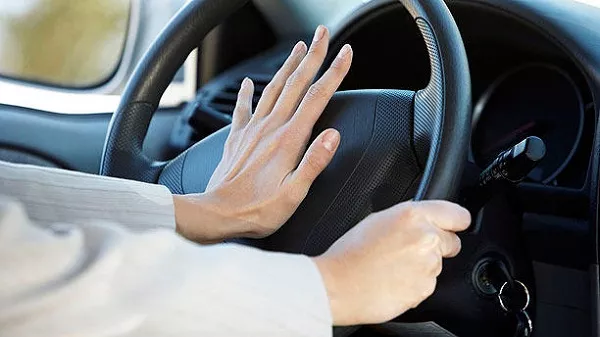
While honking, try to pump the emergency brake of your vehicle three times
6. It is used to tell people to give way
When driving in crowded areas where there are lots of people walking, honking communicates your intention to pass, so the crowd can give way to your vehicle. It serves as a warning signal that a car is coming and pedestrians should stand to the side of the road for safety.
Honking is important, especially when passing through narrow roads or residential areas where a kid or an adult might suddenly appear in the middle of the road without warning.
>>> Check out to get more useful tips and advice for smart driving.
Recent posts
- Top 5 Unnecessary Car Accessories that You Shouldn't Buy Aug 16, 2022
- Car warning signs that Filipino drivers should know, or safety is compromised Oct 24, 2018
- Basic Car Warning Signs You Should Know By Heart Nov 17, 2022
- Top 6 must-have car accessories Dec 22, 2020


